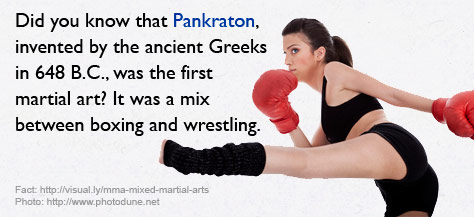 Kickboxing can be found in NYC, Greece, Thailand, Brazil, and around the world, with many different styles. Today’s martial arts scene doesn’t have a single definition for kickboxing. There is no universal organization that governs kickboxing in NYC, Japan, or anywhere else. Often, kickboxing techniques are included in mixed martial arts events that aren’t labeled as kickboxing.
Kickboxing can be found in NYC, Greece, Thailand, Brazil, and around the world, with many different styles. Today’s martial arts scene doesn’t have a single definition for kickboxing. There is no universal organization that governs kickboxing in NYC, Japan, or anywhere else. Often, kickboxing techniques are included in mixed martial arts events that aren’t labeled as kickboxing.
But different cultures around the world continue to engage in their specific form of kickboxing. Following are some of the more prominent styles.
Muay Thai
Muay Thai, developed in Thailand, goes back to the 16th century. It is known as “The Art of Eight Limbs” because eight points of contact are used to strike the opponent. The eight points are both hands, both feet, both elbows, and both knees. Muay Thai fighters are not separated after a clinch, but instead seek to take advantage of the proximity with elbow and knee strikes.
Japanese kickboxing
Originated in the 1960s as the first sport to be known as kickboxing. As other variants developed, it was renamed as Japanese kickboxing. Japanese kickboxing is similar to Muay Thai but with different scoring.
American Kickboxing
American kickboxing does not allow hitting below the waist. Striking with elbows is also not permitted and striking with shins is usually not permitted.
Sanshou
Also known as Sanda, this form of Chinese kickboxing allows throws and wrestling, but not grappling or submissions.
Savate (French kickboxing)
Savate means old boot or shoe. Savate is atypical for kickboxing in that competitors wear shoes. They are allowed to strike with the feet only, not with knees or shins.
Adithada (Indian kickboxing)
This style from India involves strikes not only from hands, elbows, knees and feet, but also from the forehead. Grappling techniques and a focus on targeting pressure points are also important. Adithada fighters do not wear protective pads.
Yaw-Yan (Filipino kickboxing)
Yaw-Yan was developed in the 1970s. The name comes from “Sayaw ng Kamatayan,” which means “dance of death.” Kicks often strike downward. Hips are rotated to build up force.
Lethwei (Burmese kickboxing)
Lethwei incorporates strikes from any part of the body, including head butts. It is sometimes known as Bando kickboxing.
Gwon-gyokdo (Korean kickboxing)
Gwon-gyokdo combined elements of two fighting styles popular in Korea, Muay Thai and Tae Kwon Do. Now a fighter from one style can fight a fighter from the other style.
Pradal Serey
This form of kickboxing comes from Cambodia. Hip torque is used in kicks. There is a focus on strikes with elbows.
To learn more about kickboxing, click here.